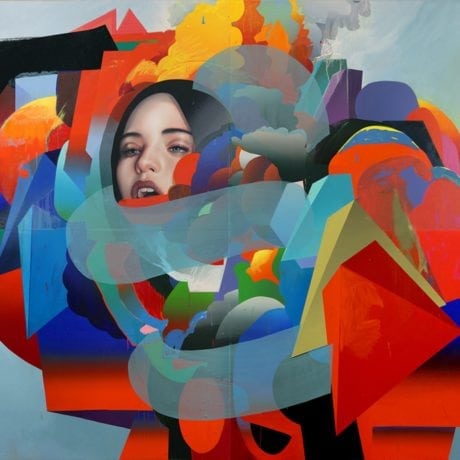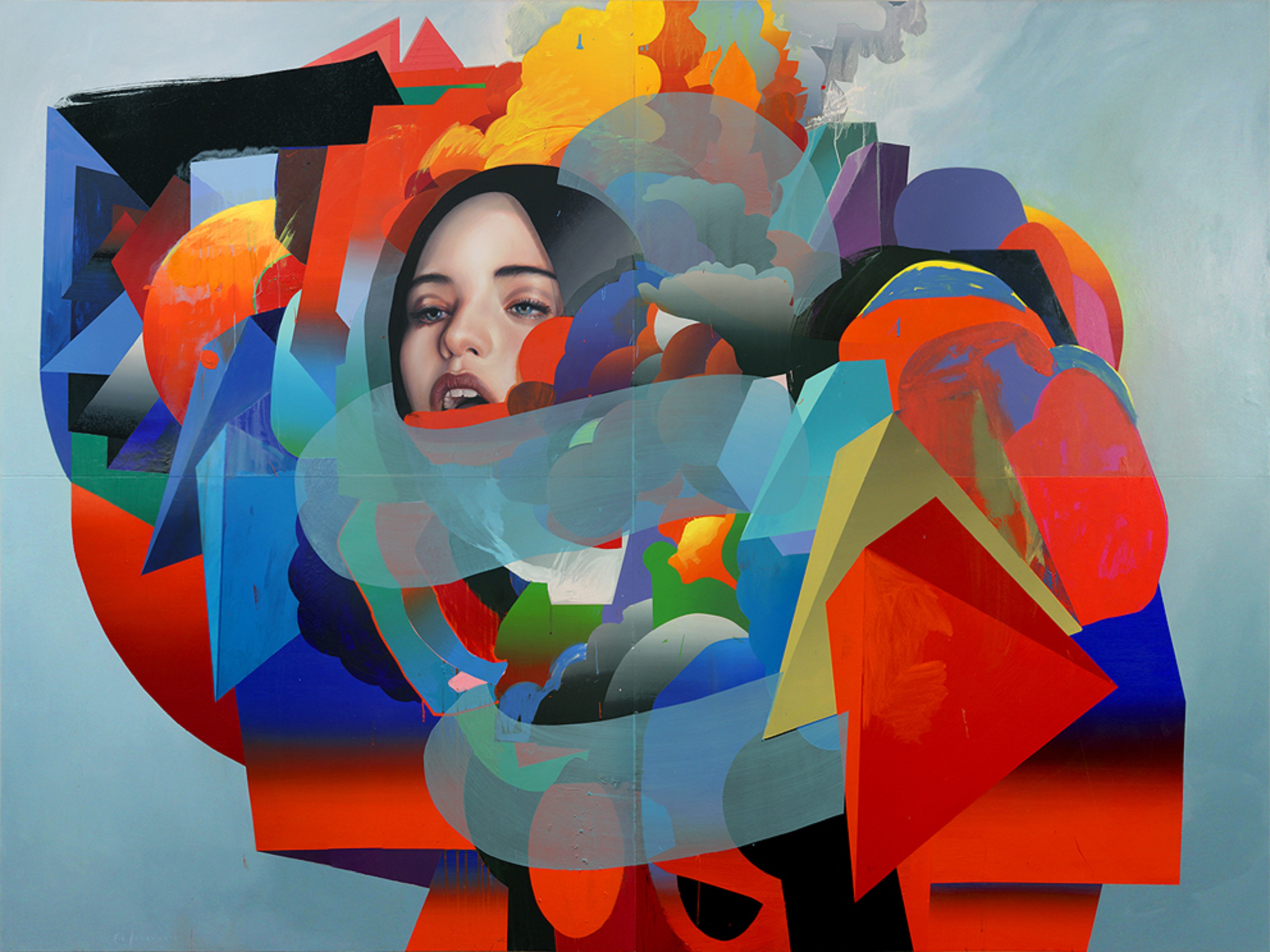
Erik Jones
“The evolution of street art can be seen in its growing presence and acceptance in both the commercial world and in the fine art world. Street artists somehow bridge this gap better than traditional gallery artists and illustrators. I think this is due to its accessibility to the average viewer and the monster success of Kaws, Banksy and Shepard Fairey, arguably the three most well-known contemporary street artists.
“All types of artists are being recognized as street artists without actually having any focus on ‘street art'”
“Perhaps the most interesting part of the evolution of street art is how fewer and fewer street artists are involved in making public art. All types of artists are being recognized as street artists without actually having any focus on ‘street art’. I must confess I feel like I am one of those artists, having only done two murals myself and both very recently.
“The origins of street art were rebellious, dangerous, illegal and taboo, and now it seems to be growing more commercial and is even sometimes viewed as a way to gentrify an area, which is pretty ironic due to its origins. I’m not sure if it’s good or bad, but it’s definitely significant in its evolution. Where it’s going, I don’t know. But I will continue to be inspired by the artists who make it happen.”
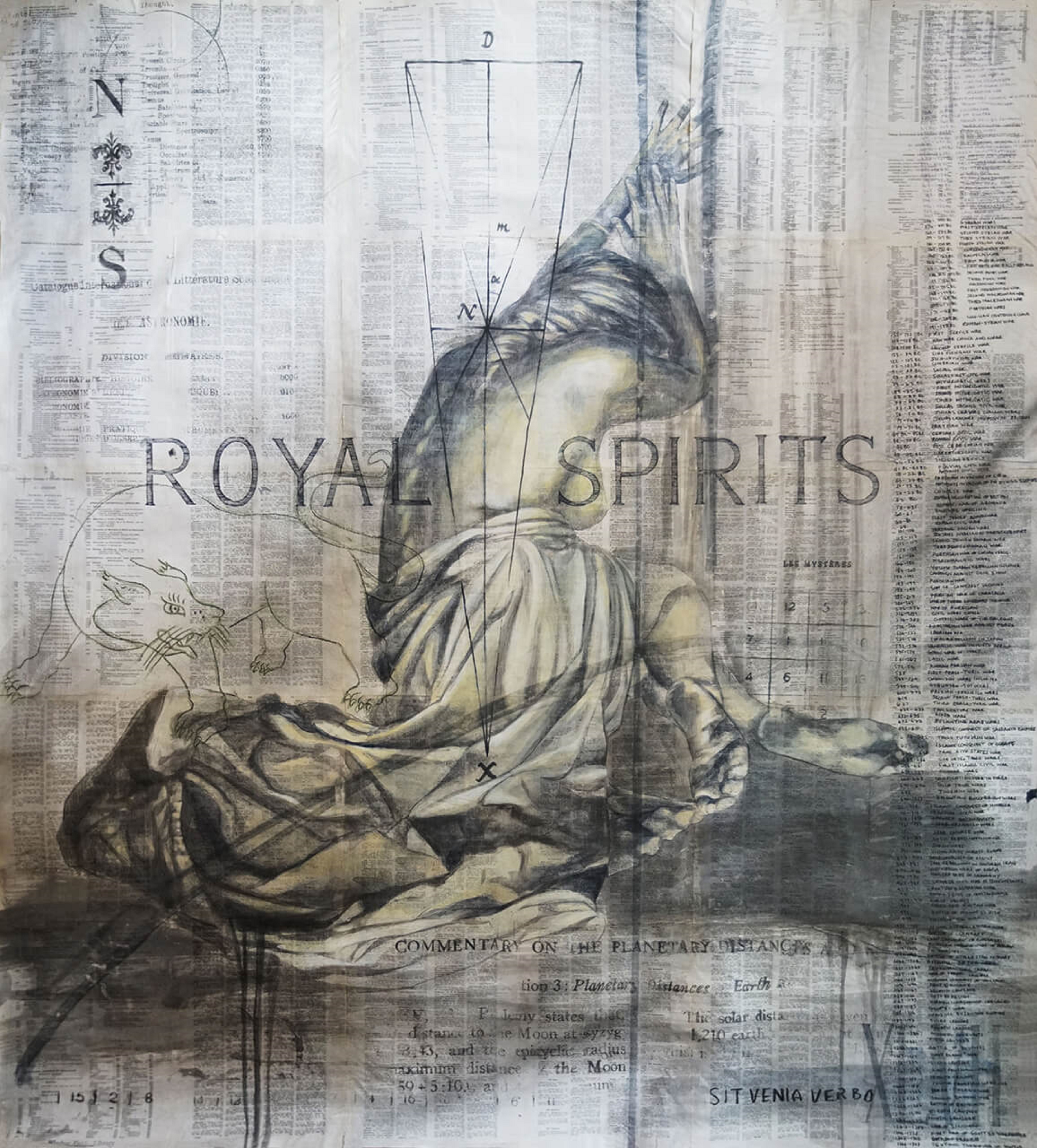
Faith XLVII
“I am more interested in following individual artist’s paths and their artistic evolution than boxing everyone into a category. Things change and change again. The important thing is that there are some strong souls / warriors / creators who are making work that is effecting change within and without. The limitation of painting on the street is boring to me, it is only interesting when it is just one part of a wider practice, and most artists that I respect and follow are working in various mediums.
“The limitation of painting on the street is boring to me, it is only interesting when it is just one part of a wider practice”
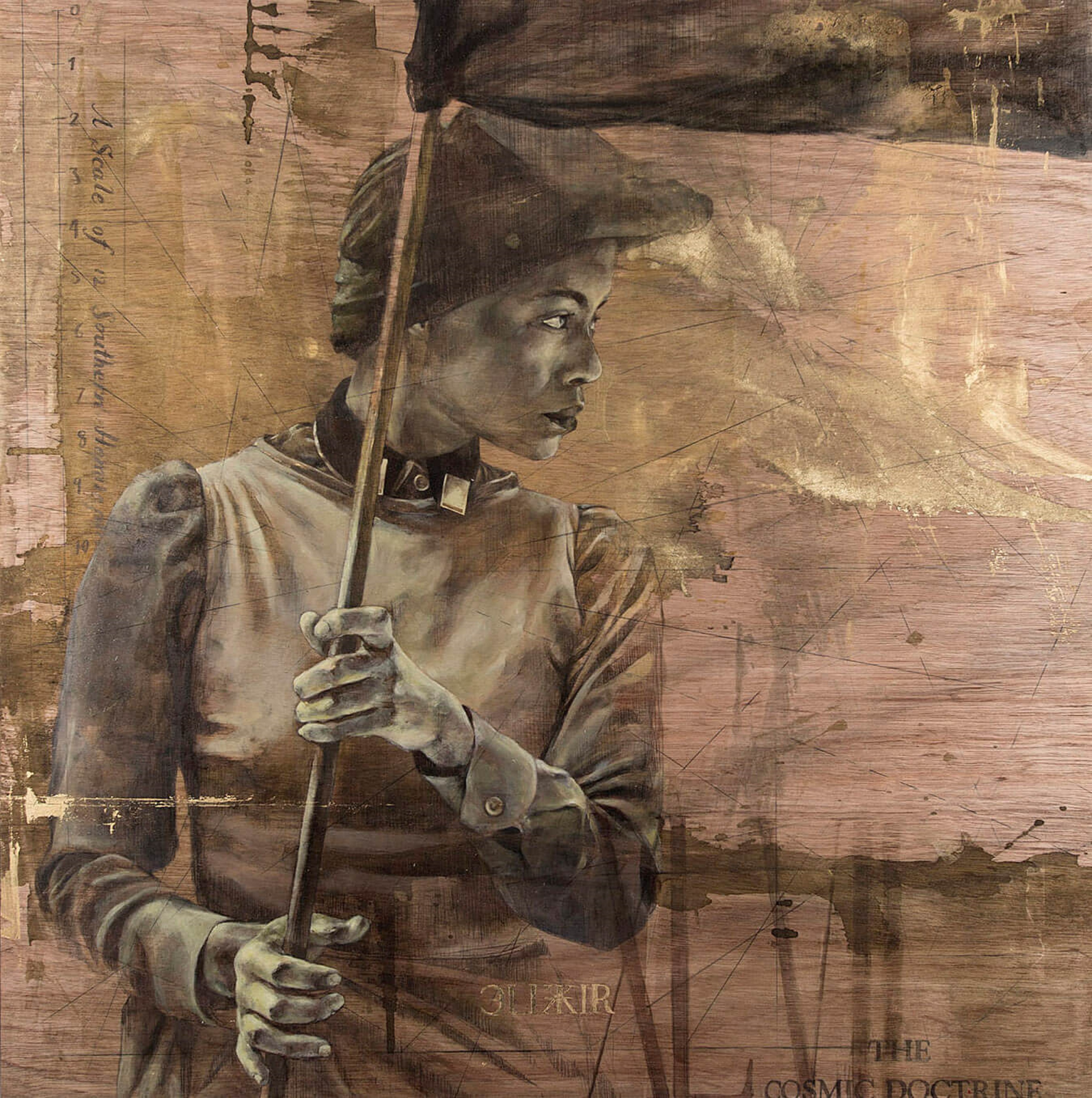
“We should be careful not to identify a culture with a mass lens but rather to look at who is challenging and breaking the status quo. I think in general artists from Europe such as Escif and Blu are making work that is more intellectually engaging and thoughtful. Artists like Know Hope and Axel Void disregard the nature of trending street art and continue to work with integrity and sensitivity.
“So the trick is to look deeper at who we should be following and learning from, finding the diamonds in the mud. In this way we can affect the trajectory of what’s happening and build a wiser community.”

Vesod
“My path begins with graffiti, I have never paid attention to the “street art” that I consider mostly belongs to pop culture. I became passionate about painting and thanks to the graffiti that had taught me how to approach painting a wall, I began to bring what I created on canvas to the wall. So I left the graffiti and today I can define myself as an ‘urban artist’ or a muralist.
“For the future, I hope that politics is kept out of the world of ‘urban art’, because otherwise we run the risk of transforming it into urban ‘decorativism’. Unfortunately, given the current situation, I do not have much hope. As for me, I intend to push my vision further and further, using painting, the wall and the installation as a means of communication.”
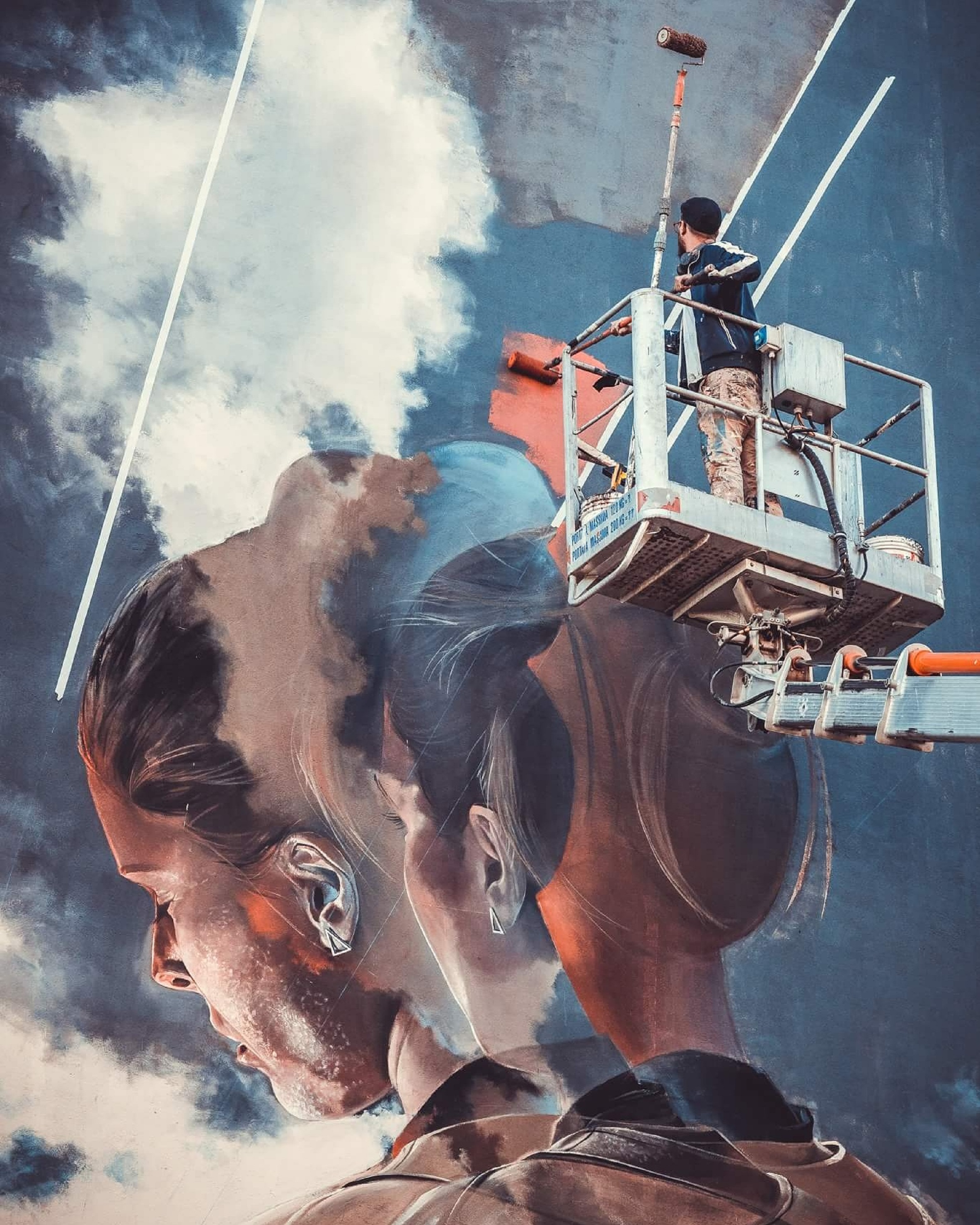
Tina Ziegler
“We’ve come a long way since the boom of Banksy—’street art’ as a term isn’t doing enough. Urban art, contemporary art, contain such a broad spread of disciplines, backgrounds and messages, all of which go further than the traditional public interpretations.
“Fine art in particular is enjoying a real renaissance, and that’s attracting collectors. Artists are learning their crafts on canvas, then heading out to city walls to find their fame on Instagram. It’s an industry-wide shift, and it continues to change what we like, what we buy and what accumulates value.”
Elephant x Moniker Art Fair
